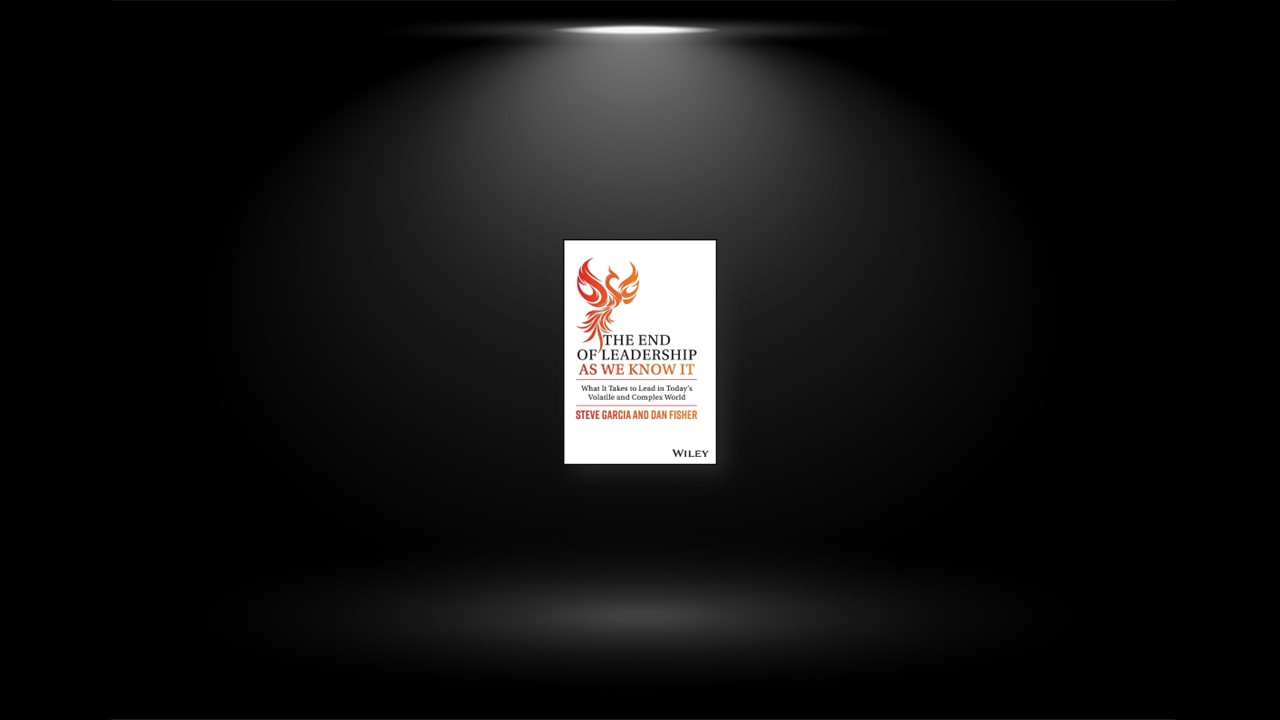Lesson #1
In simpler times, leaders could rely on their formal position in the hierarchy to create the relationships needed to carry out the job. So they could focus on building their own skills and accomplishments, and leverage their formal authority to influence others. But with the imperative of developing a complex adaptive system, ready to respond to opportunities and threats, leaders must look to people beyond their chain of command. They need trusting relationships with a diverse set of colleagues, across the enterprise. Those colleagues will then act as multipliers, extending and amplifying the leader’s impact.
Leaders who rely solely on their own expertise and experience, and don’t appreciate the value of relationships, risk lacking the resources to face unpredictable challenges. This makes an already tough job impossible. The best leaders recognize that much of the real work in their organization now happens despite the formal organization. They continually assess and tune their informal network based on what they want to achieve and the circumstances at hand.
Lesson #2
Leaders need to step away from their traditional heroic stance. In the past, their relationships came from their position in the hierarchy. It made sense for them to project an image of strength, control, and certainty to inspire confidence and reinforce the power dynamic between them and their followers. A leader’s strength justified that they were the right person for the job.
However, the truth is, we’re all fallible. That’s truer today when market dynamics can change overnight than ever before. Insisting on strength at the expense of vulnerability has become a trap. All the confidence in the world won’t save a leader who implicitly tells colleagues to rely on the top. Leaders unwilling to express uncertainty or doubt or admit mistakes are not just ignoring reality; they’re also locking themselves, and their organizations, into decisions that may prove unwise.
Leaders can still project confidence overall, but that confidence must come from the efforts of the full organization, not the person in charge—confidence in Us, not Me. Any one person is fallible, but together we can succeed. Not through hierarchy but collaboration: leaders need to give others the space to raise issues and try out ideas. They can start by expressing their own vulnerability. Doing so not only demonstrates authenticity and builds trust but also invites colleagues to join in overcoming challenges with their own special talents.
Lesson #3
Once upon a time, leaders could analyze a market to understand cause and effect and use the resulting insight to predict what would happen if they pursued a given strategy. Since then, things have become far more complex and faster paced. As a result, up‐front strategic planning has become a trap. It promises answers and clarity but delivers disappointment and rigidity. In today’s rapidly changing business environment, it’s impossible to predict the future with any degree of certainty. Market conditions continually shift, and new threats and opportunities emerge seemingly out of nowhere. Up‐front strategic planning simply fails to account for the unpredictable nature of today’s business environment.
Rather than relying on static plans and projections, leaders must be willing to experiment, test assumptions, and course correct as needed. In this way they integrate strategy and execution, continually refining strategy and ensuring they’re making progress as they go. This requires a willingness to embrace ambiguity and uncertainty, and to prioritize learning and adaptation over rigid adherence to pre‐defined plans. By doing so, leaders can position their organizations to thrive in a fast‐changing world, rather than being caught off guard by unexpected challenges or disruptions.
Lesson #4
Leaders often resist championing a strong, shared purpose because they either don’t believe it adds value or they fear being boxed in. Accordingly, they pay lip service to purpose. This approach worked when leaders had the luxury of making all the big decisions and could instruct everyone else on what to do. But in a faster, more disruptive age, ignoring purpose in favor of “getting work done” is a trap.
Employees, customers, partners, even competitors now have access to a voluminous amount of information about how any company does business. Companies that don’t demonstrate their stated purpose through their actions are quickly found out and breed cynicism. More important, in rapidly changing environments, leaders don’t have time to make all the pressing decisions themselves. Armed with a strong sense of purpose, employees have an organizational compass that equips them to act autonomously in real time.
A strong purpose doesn’t have to prevent companies from doing what the business requires. It can guide organizations without becoming a straitjacket. All it takes is sustained leadership to uncover and promote an authentic commitment, and then truly walk the talk. That commitment can then lead to unexpected opportunities and advances in the marketplace. Constraints can actually generate creativity and yield new opportunities.
Lesson #5
Everyone loves a hero—just look at Hollywood, a space dominated by superhero films. There’s nothing more dramatic and exciting than someone swooping in to solve a problem stymying ordinary mortals. We all want to look up to heroes who make our lives better and require little of us. But that’s not how the world works (if it ever did). The villains aren’t so clear or predictable, and it turns out even superheroes need those ordinary mortals to do most of the work.
It’s time to see heroic intervention as a leadership trap, not a success. You’ll be better off if you stay out of the limelight and quietly build up your teams to collectively handle challenges. Beyond curbing your own ego, you can decentralize, delegate, and broadly foster a sense of ownership that gets more done than you ever could.
Lesson #6
Leaders do sometimes need to overpower resistance to change. Employees may in fact be resistant due to short‐sightedness or a self‐interested fear of losing one’s position. But this resistance is less common than leaders assume. When leaders fixate on employee resistance, they gratify their egos but risk missing the big picture by implementing suboptimal solutions that generate further resistance—digging them deeper in the hole.
Especially in unpredictable markets, leaders need to shift their focus from overcoming resistance toward acting as a catalyst. They need to dedicate themselves to creating conditions from which the organization itself evolves in response to emerging conditions. Effective leaders apply principles of complex adaptive systems, balancing order and disorder. Poised at the edge of chaos, employees consider new possibilities, develop breakthrough solutions, and form the relationships needed to bring them to life.


